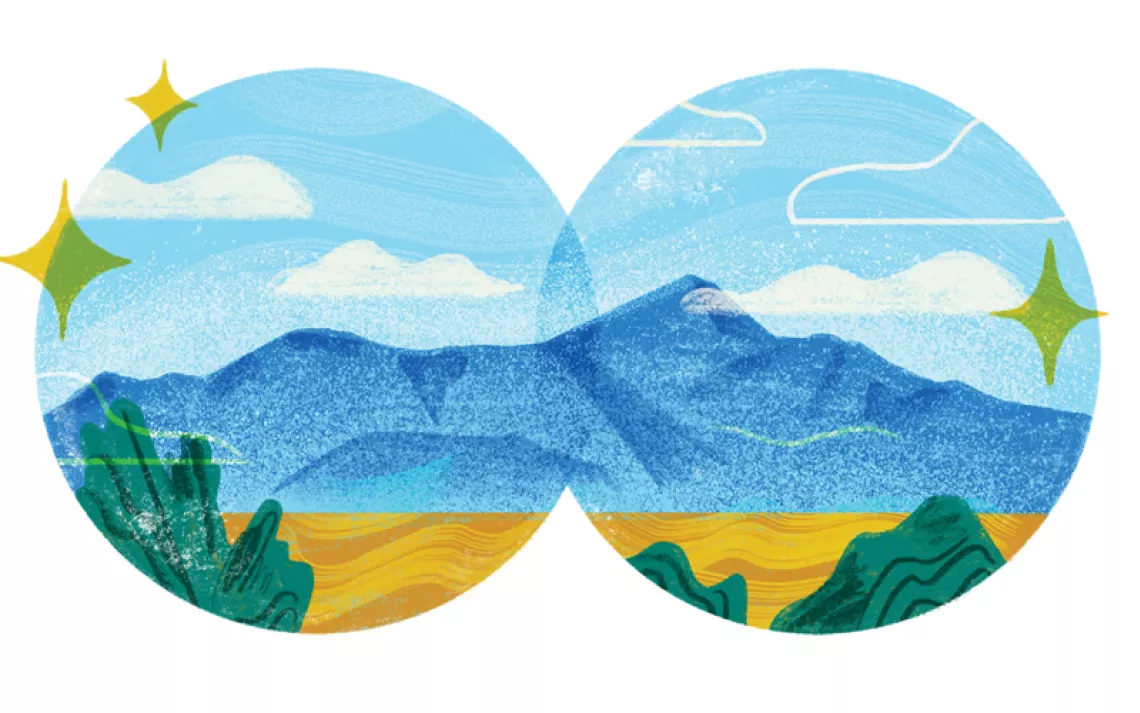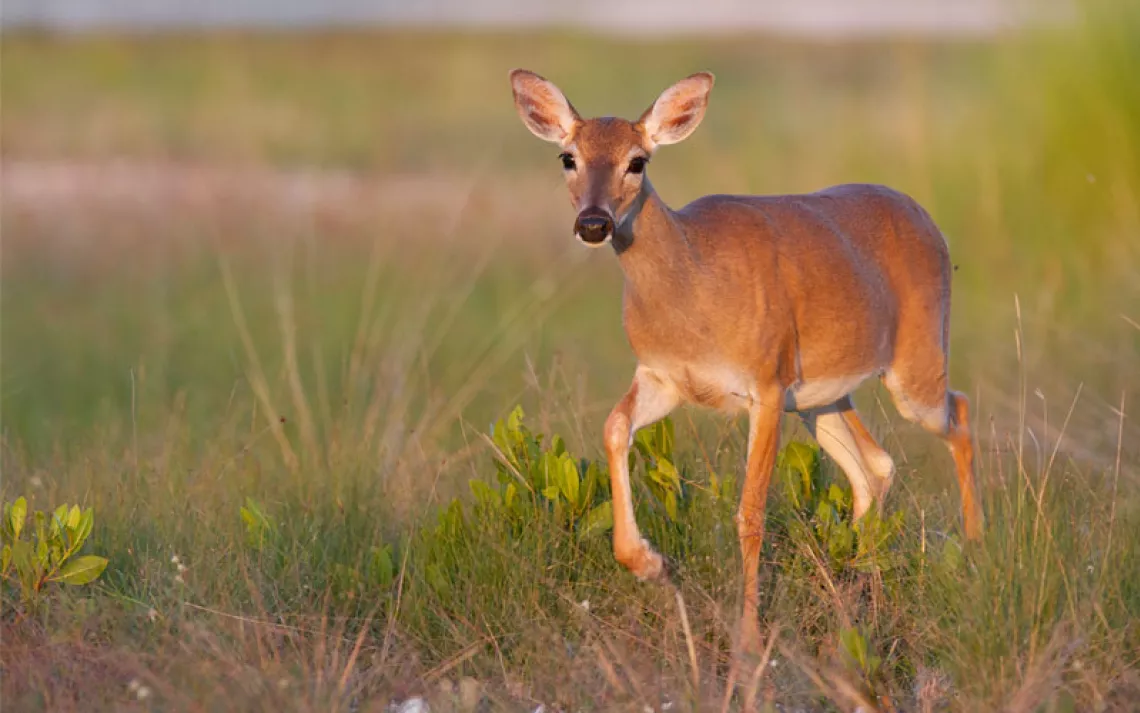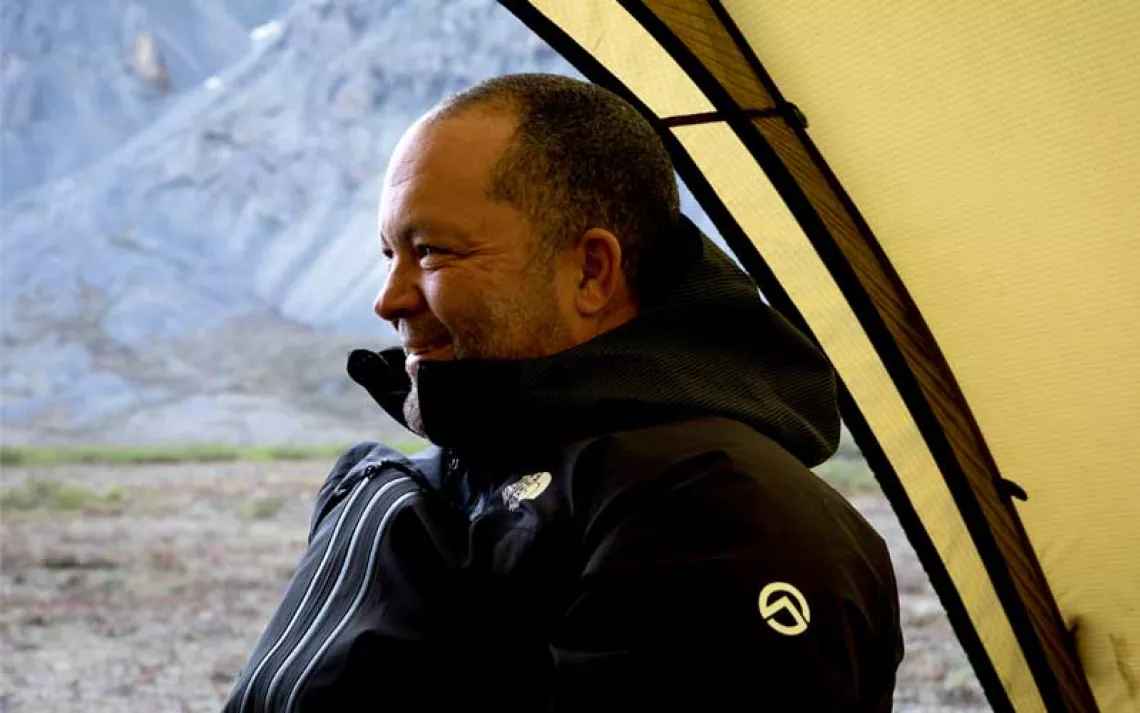Guiding in Wyoming, Part Two: Yellowstone
What other job allows a college student to boss around lawyers twice her age?

Grand Prismatic Spring in Yellowstone National Park. | Photo courtesy of Andrea Herman
Sammy picked up a piece of pumice. "That's very cool, Sammy!" I said kneeling down and he placed it in my hand. "This rock came from a volcano," I explained. "I know," he said matter-of-factly, "It's a volcano seed." I wasn't sure I followed. "That's how volcanoes are made, you plant this kind of rock and volcanoes grow," he said, completely exasperated. "Makes sense," I said, and handed it back to him. I've learned not to argue with six year olds.
It was a clear, bluebird day in Yellowstone. It was not the hard blue of the desert or the bright blue of the coast, but a soft, deep blue that promises light, pine-scented breezes and quiet warmth. Old Faithful was a zoo of geyser gawkers and as soon as it erupted they gasped, snapped photos and then calmly filed back into the parking lot without a second glance. “Less than five percent of Yellowstone visitors venture more than half a mile from the road,” said Becca as we clopped around the boardwalk, “The way to see this park is to get off-road, go backpacking or hiking.”
I grew up just three hours North of Yellowstone in Bozeman, Montana. At Sammy’s age I studied Yellowstone for science projects and book reports, I measured my growth alongside the saplings that regenerated after the 1988 fire and I colored rocks with yellow, sulfurous chalk. As a surly teen I grumbled when my hydrologist mother explained the inner workings of hydrothermal plumbing and rode wide circles around Bison on my bike.
“I’ve seen a calf elk fall into a pool like this,” I said, pointing at Doublet Pool, “It’s hair and skin disintegrated in days and all that was left were the bones.”
Sammy’s eyes widened and he inched closer to the edge of the boardwalk. “Can we see them?” he asked, gazing into the sapphire pool, the steam from it fogging up his tiny sunglasses. I shook my head, but promised him we’d find some bones on Jackson Lake.
After defending our hoagies from aggressive ravens at the picnic area, we loaded everyone back into the 15-passenger van and I allowed Ty to play one, and only one, Phish song to get us to the next stop, Grand Prismatic Spring.
As we approached Midway Geyser Basin Becca bounced in the driver’s seat and pointed, “Look! Look at the rainbow steam! I love rainbows, they’re everywhere here!”
“Gaddam hippie,” muttered Ty and I high-fived him.
From the top of the plateau we could see a wall of steam faintly shifting between blue, orange and green. As we neared the spring on foot, everyone pointed out rainbows, and I explained to Sammy their bacterial cause. Yellowstone is a window into Earth’s formation. All the beauty and destruction, hot pools and geysers, which existed when there was no life at all, continue to unfold before the eyes of millions of visitors. Our elections, breakups, ozone holes, friendships and violence mean nothing on the geologic timescale.
If we are to believe the doomsday scientists Yellowstone will ruin us long before humans have their last pump of gas or slurp of beer. The Yellowstone Supervolcano, a couple thousand years overdue for eruption, could produce an umbrella of ash that would cover most of the continental United States. Yellowstone reassures me that there are still things out of our control; no amount of fences, roads or government oversight will change the fact that there is very little dirt separating us from an expanse of burbling magma. Old Faithful reminds us of that hourly.
I refrained from describing an ashy apocalypse to Sammy. He was anxious enough about sleeping in a tent and hungry bears without the thought of exploding supervolcanoes.
 The Magazine of The Sierra Club
The Magazine of The Sierra Club



